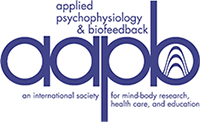The cover of this Fall issue of Biofeedback shows a view of the beautiful Town and Country Resort Hotel in San Diego, the scene for Association for Applied Psychophysiology & Biofeedback's 2010 Annual Meeting. Mark your calendars now for the Workshops (March 24–25, 2010) and the Annual Meeting (March 25–27, 2010).
Each year in the United States, approximately 1.5 million people sustain a traumatic brain injury (TBI). About 5.3 million Americans live with a disability related to TBI, and each year 80,000 additional persons become disabled with TBI (Centers for Disease Control and Prevention, 1999). Today's
